It was 1968. Salvador Fernandes Caetano, founder of Salvador Caetano – Indústrias Metalúrgicas e Veículos de Transporte SARL, was the largest manufacturer of bus bodies in the country.
A path that he started walking when he was just 20 years old, and which in less than 10 years has led him to the industry leadership in Portugal.
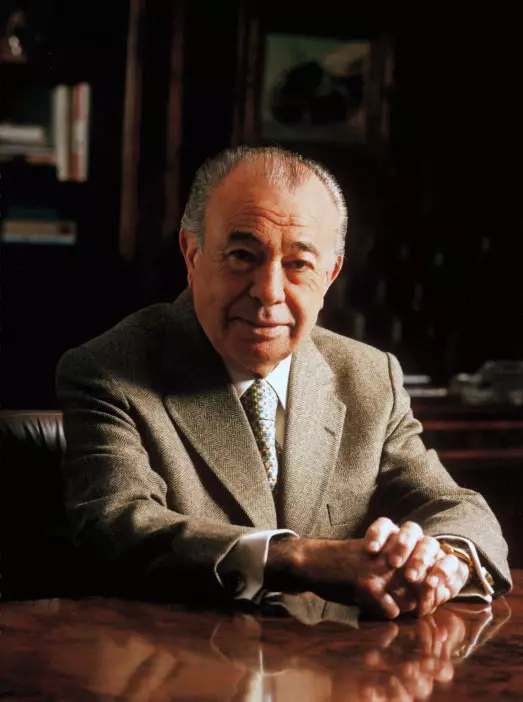
It was Salvador Caetano I.M.V.T who introduced in Portugal, in 1955, the technique of building fully metal bodywork — anticipating all competition, which continued to use wood as its main raw material. But for this man from humble beginnings, who started working at the age of 11 in construction, the bodywork industry was not enough.
His “business mission” forced him to go further:
Salvador Fernandes CaetanoDespite the successes achieved in the industry and bus bodies [...], he had the precise and absolute notion of the need to diversify our activity.
The industrial dimension and prestige that the company Salvador Caetano had achieved in the meantime, the number of people it employed and the responsibility that it envisioned, occupied the mind of its founder “day and night”.
Salvador Fernandes Caetano did not want the seasonality and highly competitive environment of the bodywork industry to jeopardize the company's growth and the future of the families that depended on it. It was then that entry into the automobile sector emerged as one of the possibilities for diversifying the company's activity.
Toyota's entry into Portugal
In 1968 Toyota, like all Japanese car brands, was virtually unknown in Europe. In our country, it was the Italian and German brands that dominated the market, and most opinions were quite pessimistic about the future of Japanese brands.
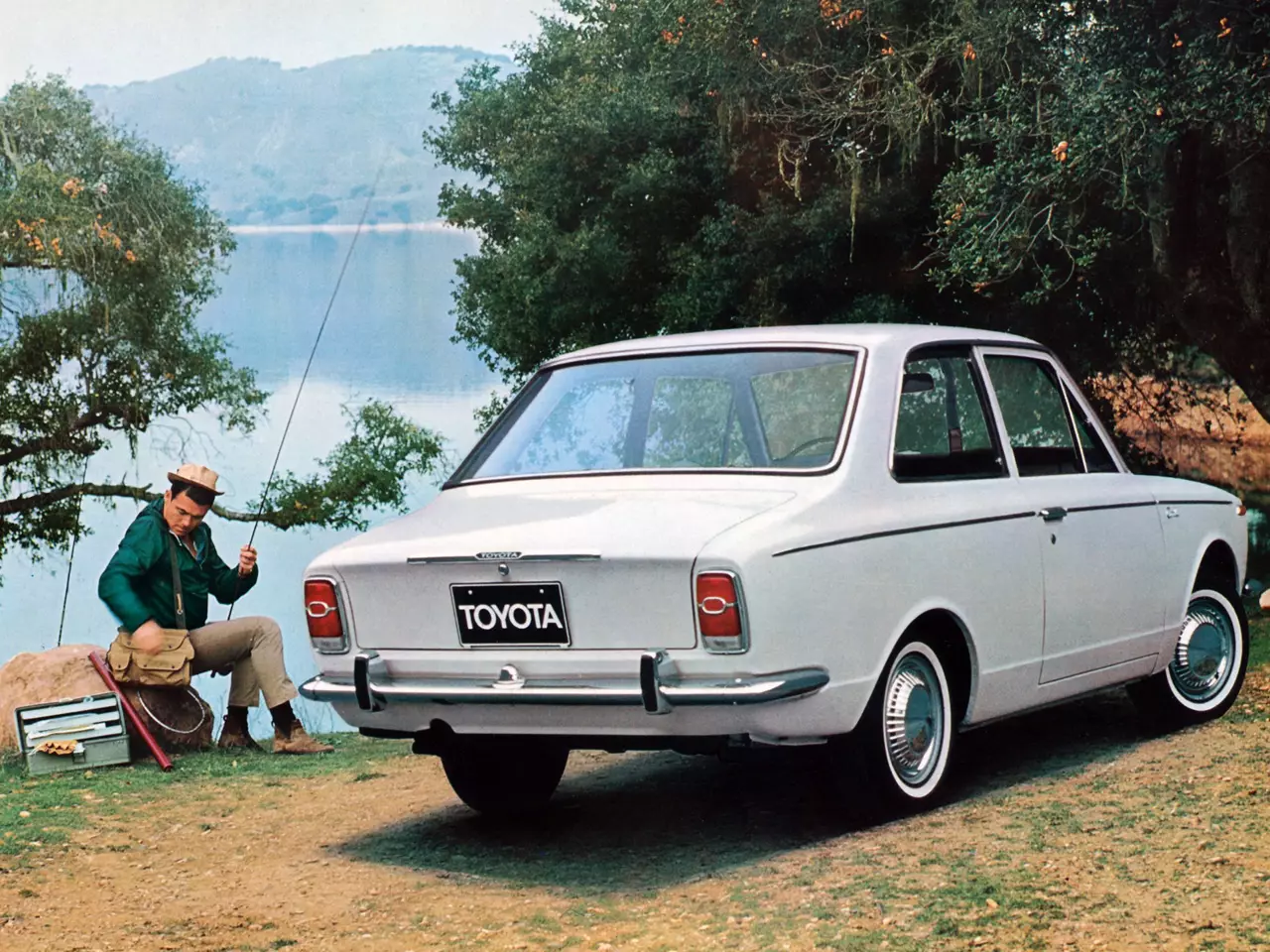
Salvador Fernandes Caetano's opinion was different. And given the impossibility of the Baptista Russo company — with whom it had a great relationship — to accumulate the importation of Toyota models with other brands (BMW and MAN), Salvador Caetano moved forward (with the support of Baptista Russo) to try to achieve the Toyota import contract for Portugal.
Salvador Fernandes CaetanoWe started talks with Toyota — which were not easy — but, in the end, they ended up concluding that we were an excellent bet, given our potential [...].
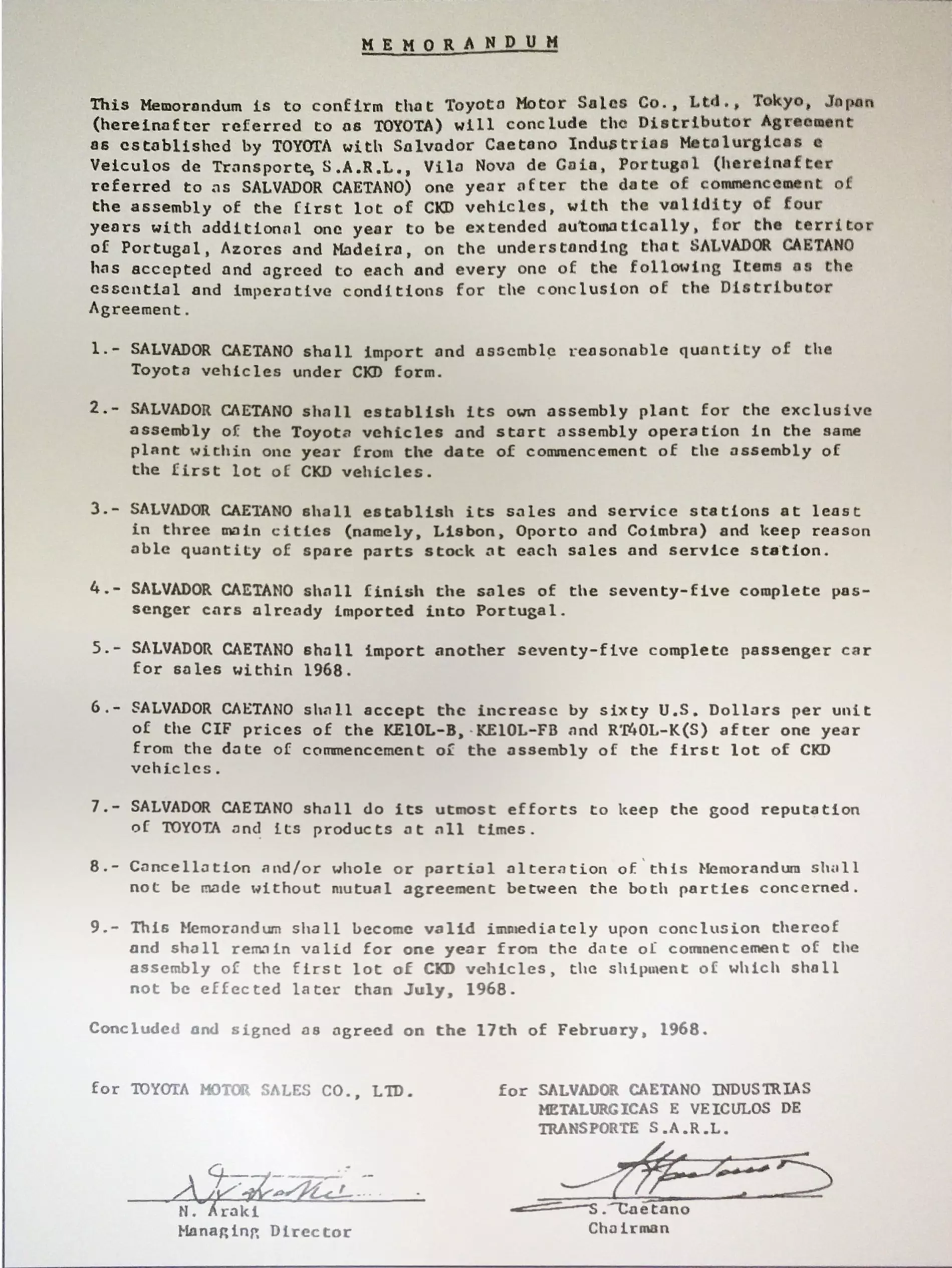
The first 75 Toyota Corolla (KE10) units imported to Portugal were soon sold.
Just a year later, optimism about the future of the Toyota brand was evident in the first advertising campaign carried out in our country, with the slogan: “Toyota is here to stay!”.

Toyota, Portugal and Europe
Just 5 years after the beginning of Toyota sales in Portuguese territory, on March 22, 1971, the first factory of the Japanese brand in Europe was inaugurated in Ovar. At that time the slogan “Toyota is here to stay!” received an update: “Toyota is here to stay and it really stayed…”.
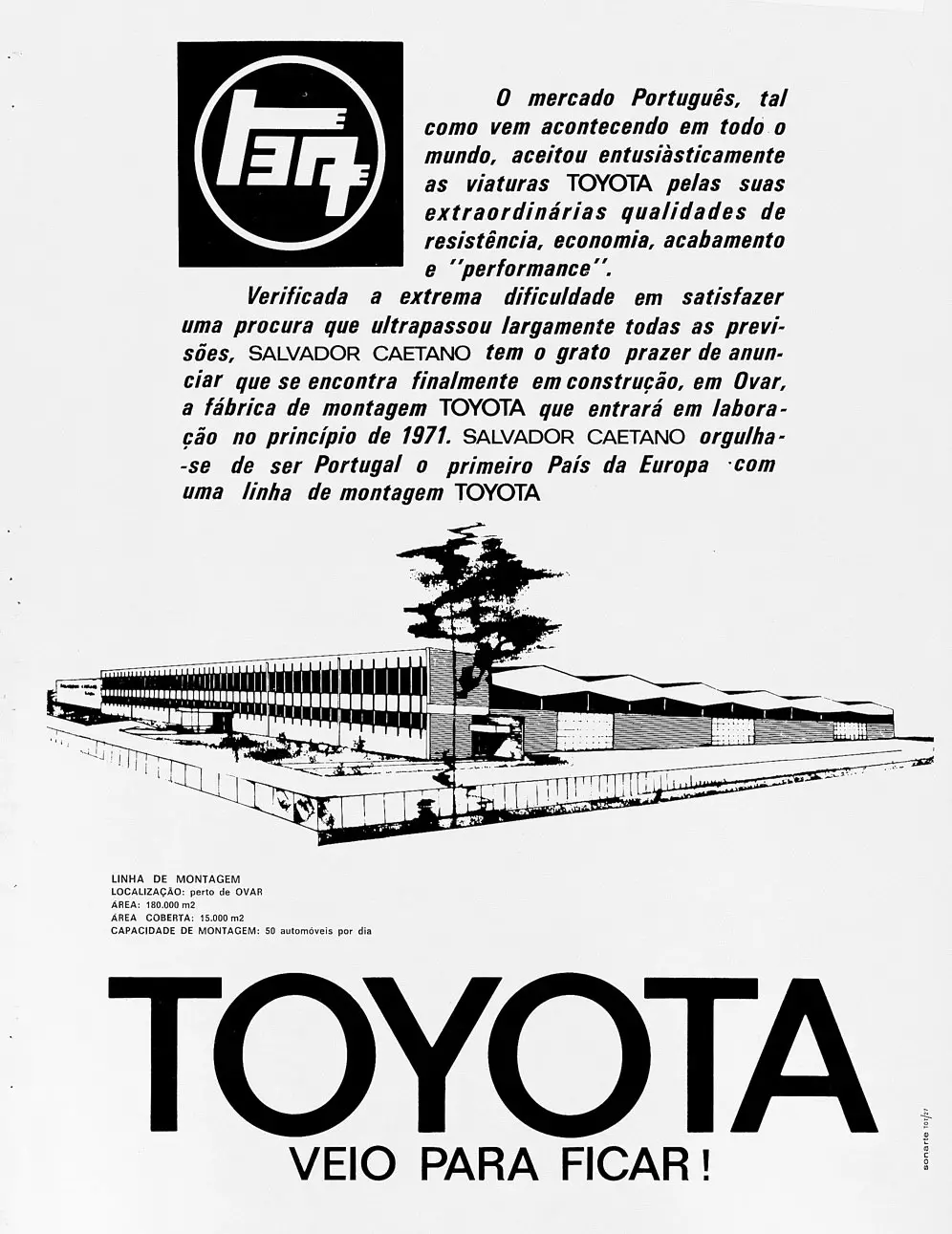
The opening of the factory in Ovar was a historic milestone for Toyota, not only in Portugal but also in Europe. The brand, formerly unknown in Europe, was one of the fastest growing in the world and Portugal was decisive for Toyota's success in the «old continent».
Salvador Fernandes CaetanoIn a period of nine months we managed to build the largest and best equipped assembly plant in the country, which not only surprised Toyota's Japanese but also many of our big and important competitors.
It is important to mention that not everything was a "bed of roses". The opening of the Toyota factory in Ovar was, moreover, a victory for the persistence of Salvador Fernandes Caetano against one of the most controversial laws of the Estado Novo: the Industrial Conditioning Law.
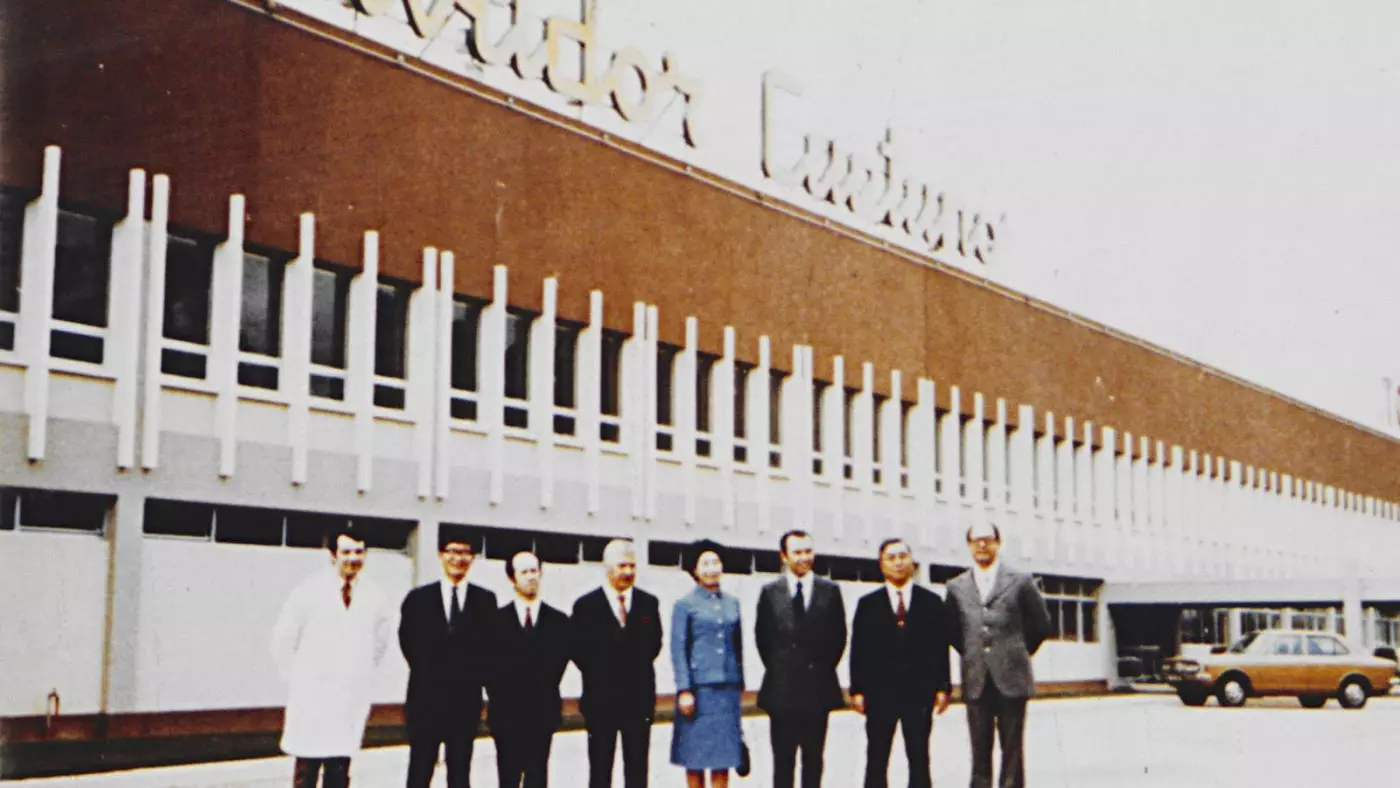
Only 9 months. It was time to implement the Toyota factory in Ovar.
It was this law that regulated industrial licenses in areas considered vital for the Portuguese economy. A law that in practice existed to limit the entry of new companies into the market, administratively guaranteeing market control by companies already installed, with prejudice to free competition and the country's competitiveness.
It was this law that constituted the biggest obstacle to Salvador Fernandes Caetano's plans for Toyota in Portugal.
At the time, the general director of Indústria do Estado Novo, Engº Torres Campo, was against Salvador Caetano. It was only after long and hard meetings that the then Secretary of State for Industry, Engº Rogério Martins, capitulated to the persistence and dimension of Salvador Fernandes Caetano's ambitions for Toyota in Portugal.
Since then, the Toyota factory in Ovar has continued its activity to this day. The model produced for the longest time at this factory was the Dyna, which together with Hilux consolidated the brand's image of strength and reliability in Portugal.
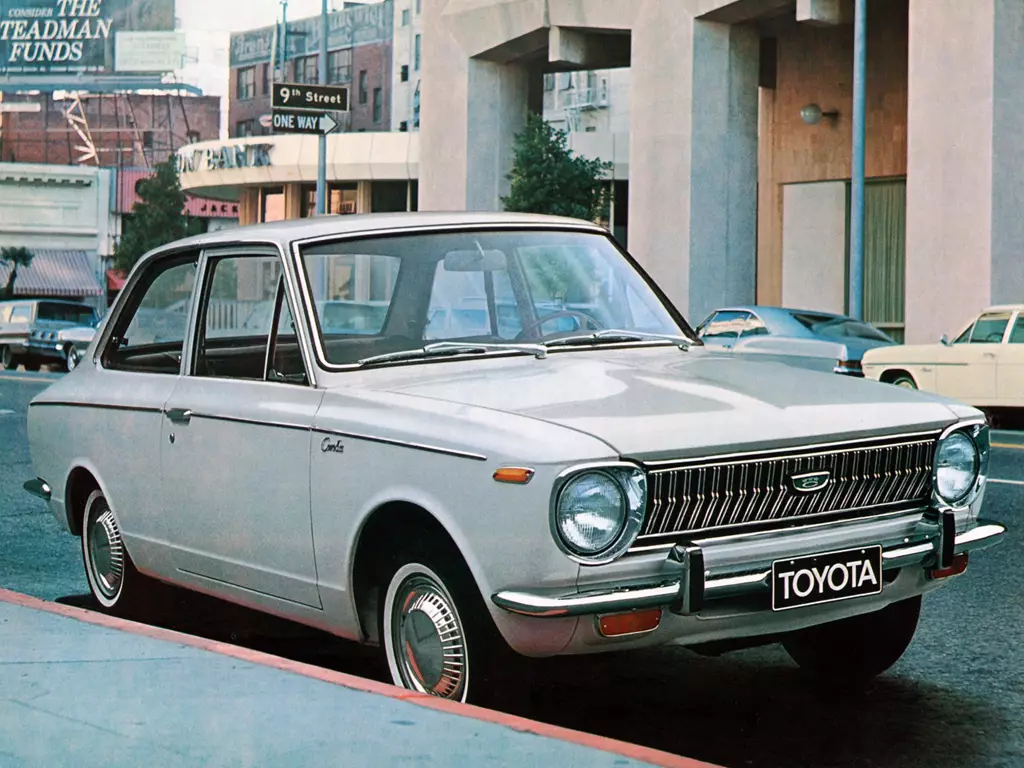
Toyota Corolla (KE10).
Toyota in Portugal today
One of Salvador Fernandes Caetano's most famous phrases is:
“Today as yesterday, our vocation continues to be the Future.”
A spirit that, according to the brand, is still very much alive in its activity in the national territory.

Among other milestones in Toyota's history in Portugal is the arrival on the national market of the world's first series-production hybrid, the Toyota Prius, in 2000.
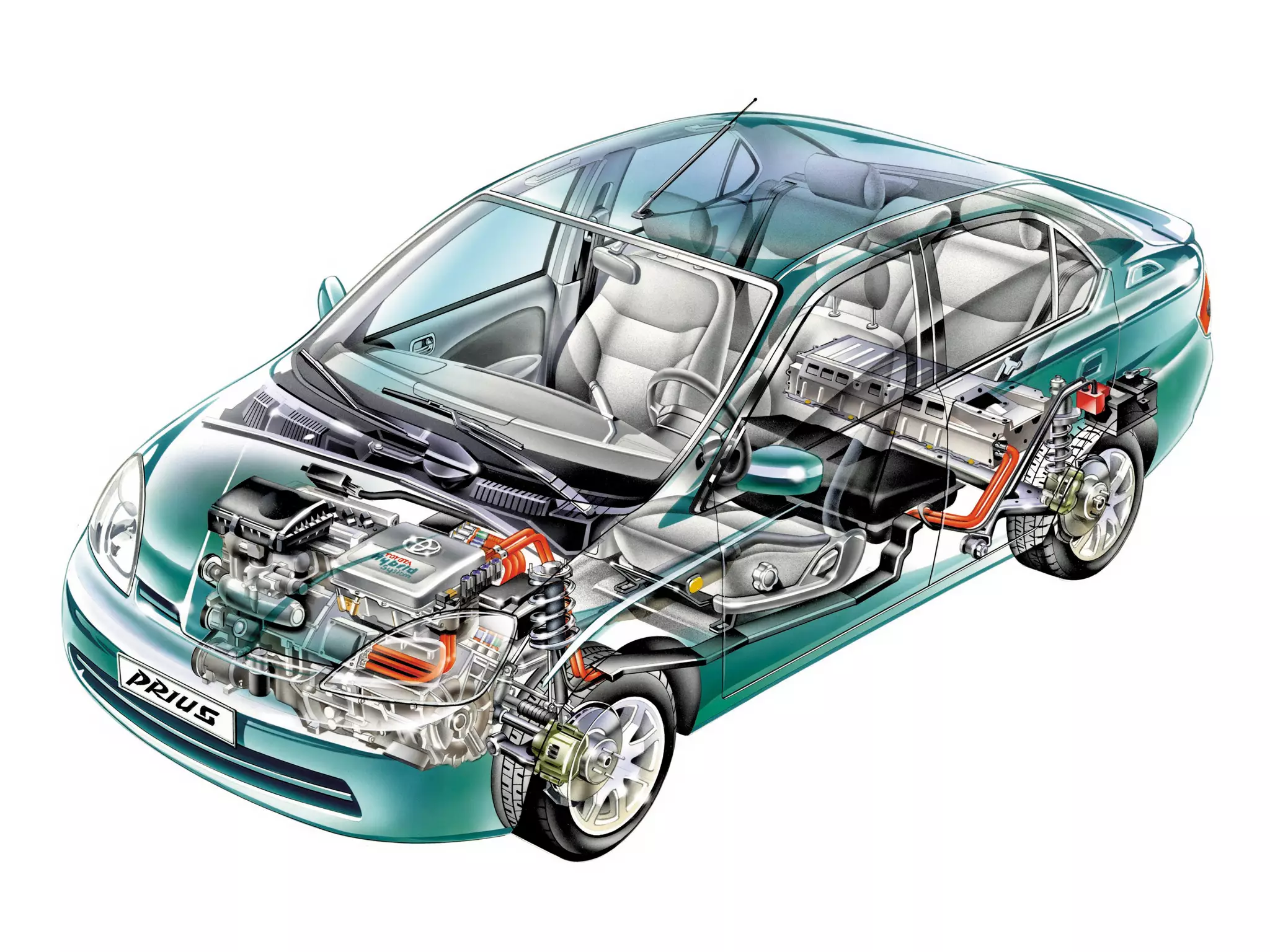
In 2007 Toyota again pioneered with the launch of the Prius, now with external charging: the Prius Plug-In (PHV).
The dimension of Toyota in Portugal
With a network of 26 dealerships, 46 showrooms, 57 repair shops and parts sales, Toyota/Salvador Caetano employs approximately 1500 people in Portugal.
Another milestone in the development of electrified vehicles was the launch of the Toyota Mirai – the world's first series-production fuel cell sedan, which first circulated in Portugal in 2017 to celebrate 20 years of hybrid technology.
In total, Toyota has sold more than 11.47 million electrified vehicles worldwide. In Portugal, Toyota has sold more than 618,000 cars and currently has a range of 16 models, of which 8 models have “Full Hybrid” technology.
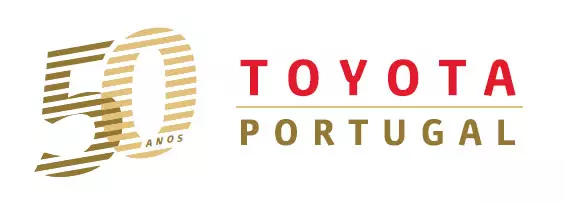
In 2017, the Toyota brand ended the year with a market share of 3.9% corresponding to 10,397 units, an increase of 5.4% compared to the previous year. Consolidating its leadership position in automotive electrification, it achieved a significant increase in the sale of hybrid vehicles in Portugal (3,797 units), with a growth of 74.5% compared to 2016 (2,176 units).
